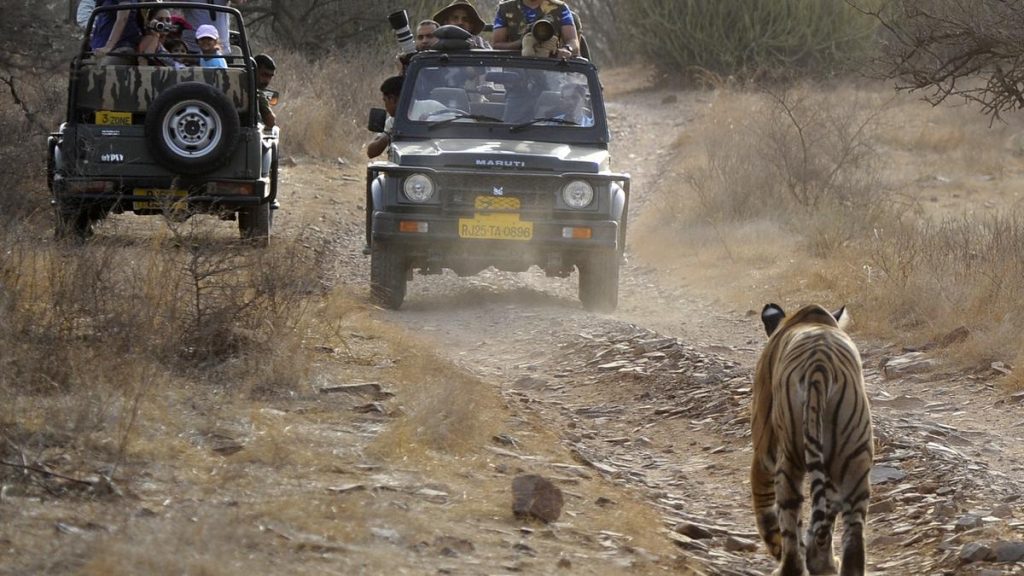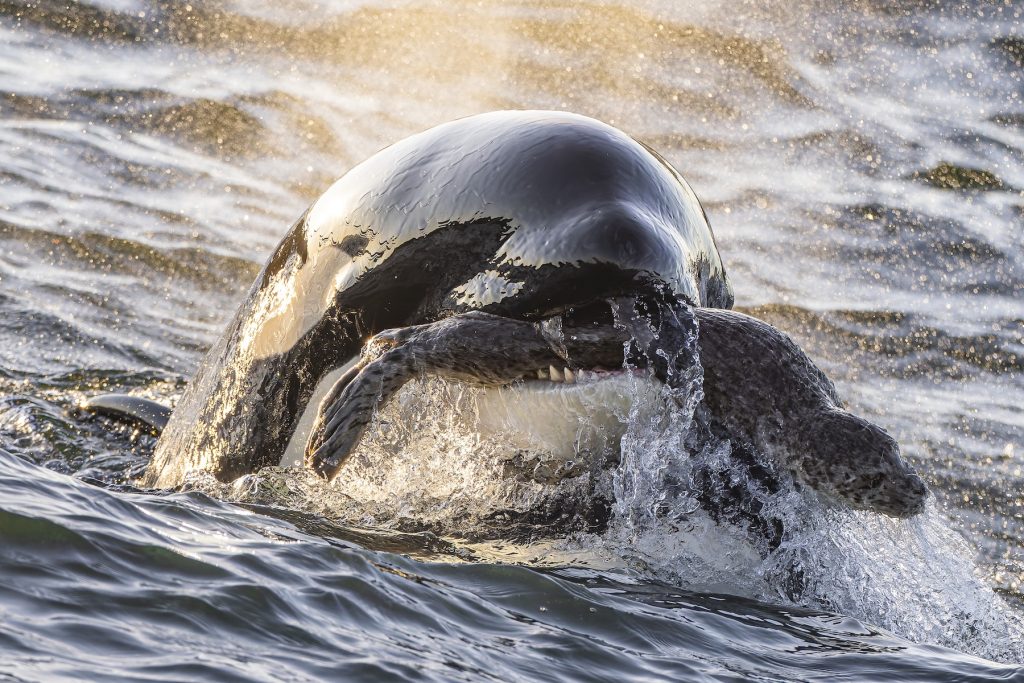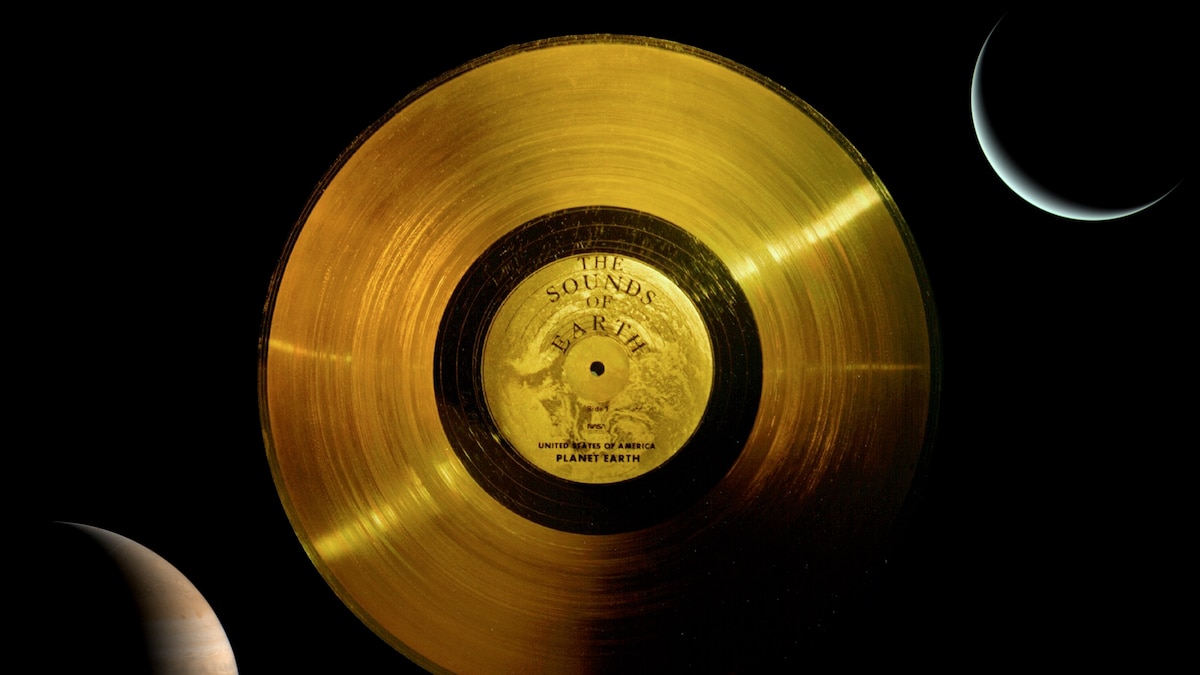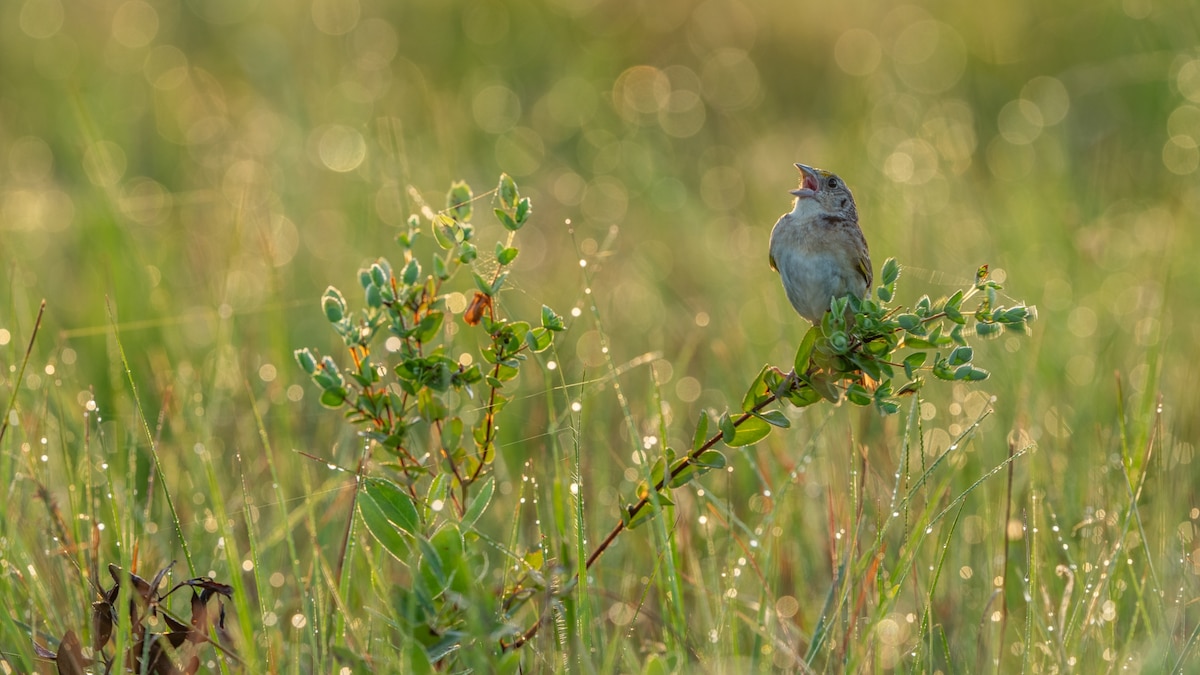Now Reading: Dolphins Befriend Orcas: Scientists Investigate Hidden Motives
-
01
Dolphins Befriend Orcas: Scientists Investigate Hidden Motives
Dolphins Befriend Orcas: Scientists Investigate Hidden Motives
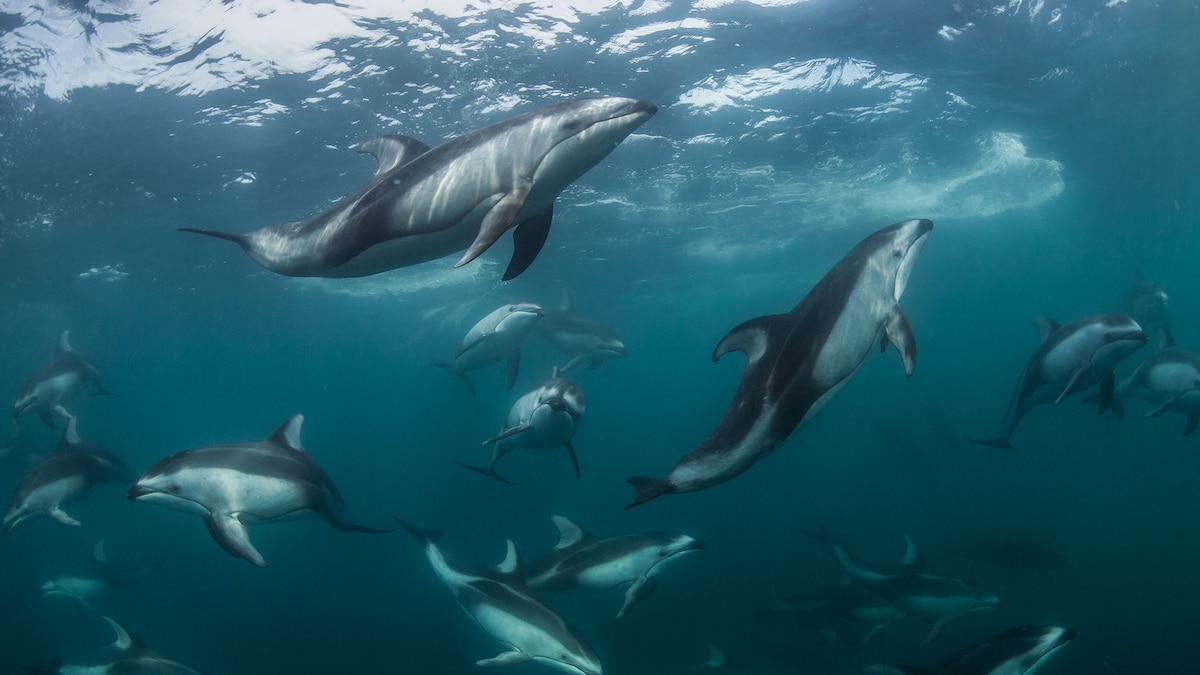
Quick Summary:
- A pod of Dall’s porpoises interacted playfully with northern resident orcas off the coast of British Columbia, focusing on a mother orca and her calf. The encounter was captured by drone video.
- Orca calves appeared to enjoy these interactions, while adult orcas sometimes displayed frustration through tail slaps.
- Researchers analyzed 42 such interspecies interactions from 2018 to 2021, revealing positive engagements between killer whales (Northern residents), Dall’s porpoises, and Pacific white-sided dolphins.
- smaller cetaceans actively approached northern resident orcas, playing with calves for minutes or occasionally hours. The adult orcas tolerated them but showed minimal mutual benefits from these exchanges.
- Possible reasons for such behavior include smaller species using northern residents as a shield against predatory Bigg’s killer whales and “surfing” off their currents; feeding on leftover food was theorized but not observed in videos.
- Southern resident killer whales show contrasting behaviors toward smaller cetaceans by initiating aggressive encounters that sometimes result in fatal consequences for porpoises.
Indian Opinion Analysis:
This study provides meaningful insights into marine ecosystems and interspecies dynamics along British Columbia’s coastline. The cooperative engagement of Dall’s porpoises and Pacific white-sided dolphins with non-aggressive northern resident killer whales highlights adaptability among prey species when faced with larger predators like Bigg’s killer whales. This observation may advance our understanding of survival strategies employed by vulnerable marine creatures within apex predator territories.
India can draw broader significance from these findings in its own conservation efforts.With diverse aquatic habitats like sundarbans mangroves and coastal zones teeming with various marine life forms, fostering research into ecosystem relationships could enhance long-term protection strategies. Further exploration of drone-based monitoring techniques used here might serve invaluable for India’s advancements in wildlife tracking technology.
Read More: National Geographic



